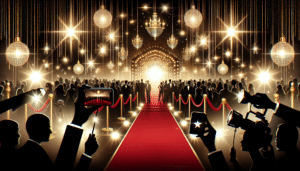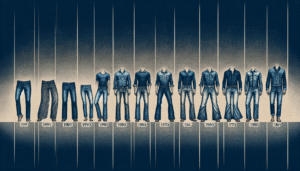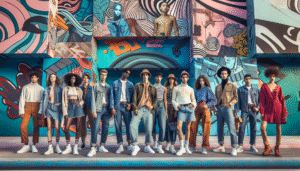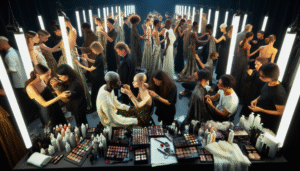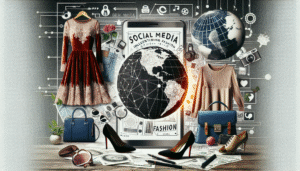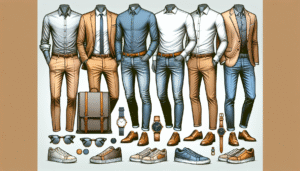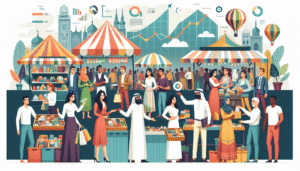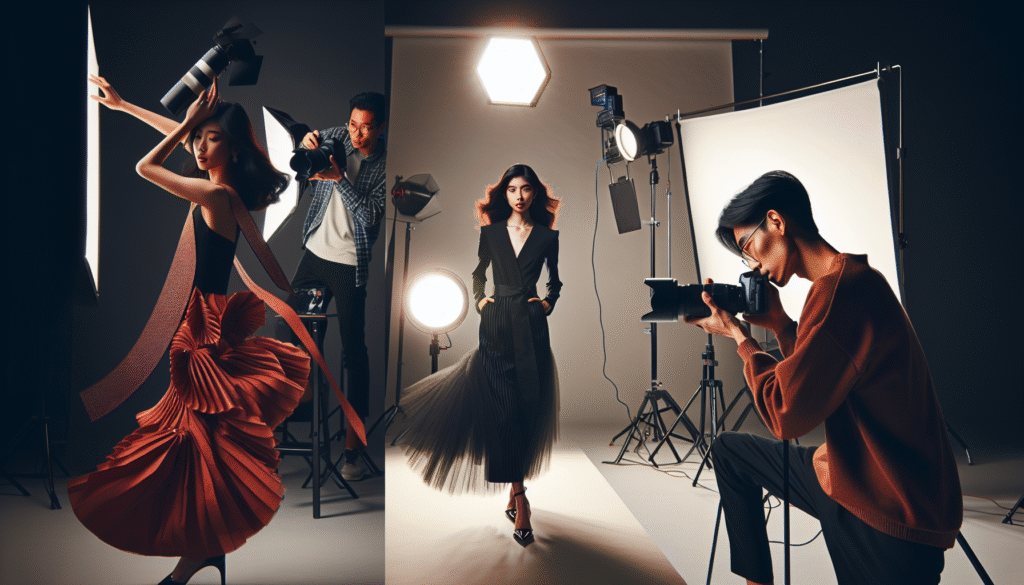
Fashion Photography Tips: Capturing Style and Glamour
Mastering the Basics: Light, Camera, and Composition
Understanding light is crucial for fashion photography. Natural light offers soft, flattering results, especially during the golden hour (sunrise and sunset). Overcast days provide diffused light, minimizing harsh shadows. When shooting indoors, invest in studio lighting equipment like softboxes and umbrellas for controlled illumination. Experiment with different lighting setups, including backlighting and side lighting, to create mood and depth.
Your camera choice isn’t as critical as mastering its settings. A DSLR or mirrorless camera offers greater control over aperture, shutter speed, and ISO. Shoot in RAW format for maximum flexibility in post-processing. Invest in a quality lens, such as a 50mm or 85mm prime lens, known for their flattering portrayal of subjects. A zoom lens provides versatility, allowing you to capture different perspectives without changing lenses.
Composition elevates a photograph from a snapshot to a work of art. Utilize the rule of thirds, leading lines, and negative space to create visually appealing images. Experiment with different angles and perspectives, shooting from high above, ground level, or at an angle to add dynamism. Remember, composition guides the viewer’s eye and tells a story.
Styling and Wardrobe: Creating a Visual Narrative
Collaboration with a stylist is essential for successful fashion photography. A stylist understands current trends, color palettes, and how to create cohesive looks. Communicate your vision clearly to the stylist, ensuring the wardrobe aligns with the overall concept and mood of the photoshoot. Pay attention to details like accessories, shoes, and hairstyles, ensuring they complement the garments and enhance the narrative.
Consider the location and backdrop when selecting wardrobe. A flowing gown might look stunning against a natural landscape, while a sleek, modern outfit might be more suitable for an urban setting. Don’t be afraid to experiment with bold colors, textures, and patterns to create visually striking images. Remember, the wardrobe tells a story and contributes significantly to the overall aesthetic.
Working with Models: Posing and Expression
Directing models effectively is key to capturing compelling fashion images. Clearly communicate your vision and provide specific instructions while also encouraging the model to bring their own personality and interpretation to the poses. Guide them through various poses, highlighting their best features and creating a sense of movement and fluidity. Encourage natural expressions that convey emotion and connect with the viewer.
Build rapport with the model to create a comfortable and collaborative environment. Offer positive reinforcement and encouragement throughout the shoot. Review images together and provide constructive feedback to ensure you’re both on the same page. Remember, a relaxed and confident model translates to captivating photographs.
Location Scouting and Backdrops: Setting the Scene
Choosing the right location is crucial for creating a cohesive narrative. Consider the overall theme and mood of the photoshoot when selecting a location. A rustic barn might be perfect for a bohemian-inspired shoot, while a sleek, modern studio might be more suitable for a high-fashion editorial. Scout locations in advance to assess lighting conditions, potential backdrops, and any logistical challenges.
Backdrops play a significant role in setting the tone and atmosphere of a fashion photograph. A simple, neutral backdrop can highlight the clothing and model, while a more elaborate backdrop can add depth and visual interest. Consider using textured backdrops like brick walls, foliage, or fabric drapes to create a more dynamic and engaging image.
Post-Processing and Retouching: Enhancing the Final Image
Post-processing is an essential step in fashion photography. Use editing software like Adobe Photoshop or Lightroom to adjust exposure, contrast, white balance, and color saturation. Retouching can be used to remove blemishes, smooth skin, and enhance features, but strive for a natural and realistic look. Avoid over-editing, which can result in an artificial and unappealing image.
Develop a consistent editing style that complements your photographic aesthetic. Create presets to streamline your workflow and maintain consistency across your portfolio. Remember, post-processing is a powerful tool that can enhance your images and bring your creative vision to life, but it shouldn’t replace good photography techniques.
Building Your Portfolio and Networking: Showcasing Your Work
Creating a strong portfolio is crucial for attracting clients and building a successful career in fashion photography. Select your best images that showcase your unique style and technical skills. Organize your portfolio in a way that tells a story and highlights your versatility. Consider creating both a physical portfolio and an online portfolio website.
Networking is essential for building connections within the fashion industry. Attend industry events, connect with stylists, makeup artists, and models on social media, and reach out to potential clients. Building relationships with key players in the industry can lead to exciting opportunities and collaborations.
Staying Inspired and Evolving Your Style: Continuous Growth
Stay up-to-date with current fashion trends and photography techniques by following industry blogs, magazines, and social media accounts. Experiment with different styles and techniques to continuously evolve your creative vision. Seek feedback from other photographers and industry professionals to gain valuable insights and improve your skills.
Drawing inspiration from other photographers and artists can ignite your creativity and help you develop your unique style. Visit museums, galleries, and attend exhibitions to broaden your artistic horizons. Analyze the work of established fashion photographers, paying attention to their composition, lighting, and styling choices. Don’t be afraid to experiment and push your creative boundaries to develop a distinct and recognizable style.







